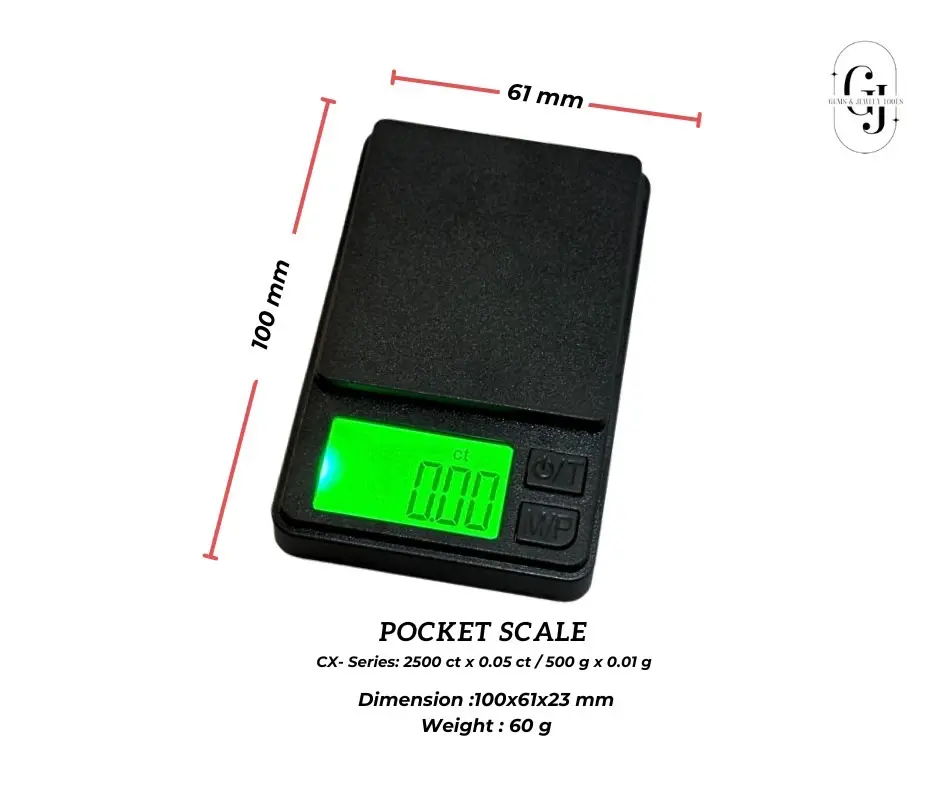Wright Stain
- Wright stain
- Stains, biological,Wright's
- [7-(Dimethylamino)phenothiazin-3-ylidene]-dimethylazanium;2-(2,4,5,7-tetrabromo-3,6-dihydroxyxanthen-10-ium-9-yl)benzoic acid
- Tache de Wright
Catalog Number: ASC-1037
CAS Number: 68988-92-1
MW: –
MF: –
Wright Stain is a commonly used stain in clinical pathology for differentiating between Gram-positive and Gram-negative microorganisms. The stain combines eosin and safranin, two dyes that interact differently with the cell walls of these two major bacterial groups. Gram-negative bacteria typically appear red or pink, while Gram-positive bacteria show up blue or purple. This color distinction is vital for determining appropriate antibiotic treatment. However, Wright’s stain is not suitable for identifying fungal infections or viruses, as it does not bind to DNA in some cases. It is primarily used to distinguish between Gram-positive and Gram-negative bacteria in microbiological studies.
Wright Stain
Cat. Number ASC-1037 CAS Number 68988-92-1 MDL Number MFCD00082143 Storage Temperature +20°C Form and Color Powder, Dark Green Solubility (0.1% in methanol) Clear, Blue to Dark Blue Solution (with green hue) Wavelength(s) of Maximum Absorption λmax1: 520.0 – 528.0 nm, λmax2: 640.0 – 648.0 nm Absorptivity (1%/1cm) at λmax1: ≥ 650, at λmax2: ≥ 1200 Loss on Drying ≤ 10.0% (1h, 105°C) Suitability for use in blood staining To conform




![Tricine, N-[Tris(hydroxymethyl)methyl]glycine – High-Purity Buffering Agent](https://static.wixstatic.com/media/83e903_92aedb8de5654cfcb1d432035ead7fd5~mv2.jpg/v1/fill/w_980,h_691,al_c,q_85,usm_0.66_1.00_0.01,enc_avif,quality_auto/83e903_92aedb8de5654cfcb1d432035ead7fd5~mv2.jpg)
















